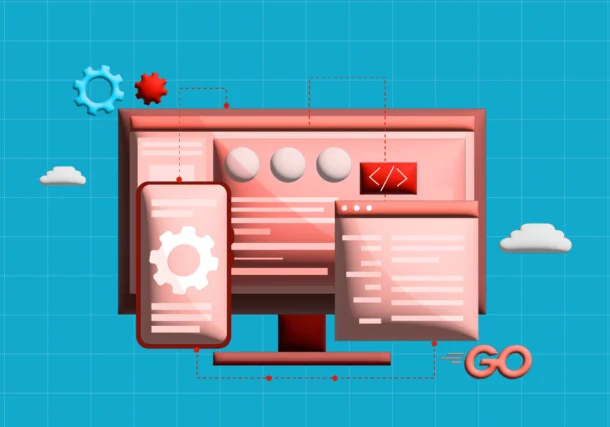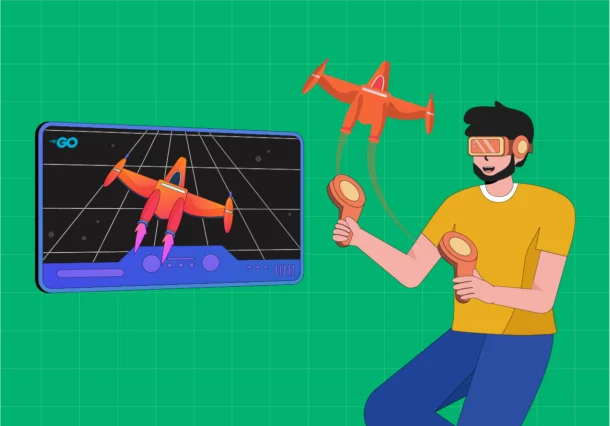Journeying Beyond Limits with Go Instrumentation’s Euphonic Magic
Organizations are continuously looking for ways of further developing customer satisfaction, cutting costs, and performing better as technology advances at a breakneck pace. Go Instrumentation turns into a unique advantage in this situation. The secret is Go Instrumentation, which gives a full scope of state-of-the-art devices and strategies carefully intended to blow your performance away. Each component, from proactive error detection to real-time monitoring, is carefully adjusted to work on the flexibility and agility of your organization. With Go Instrumentation, your team can track down bottlenecks, streamline work processes, and accomplish remarkable performance gains. Bid goodbye to performance that pushes accomplishment at each point.
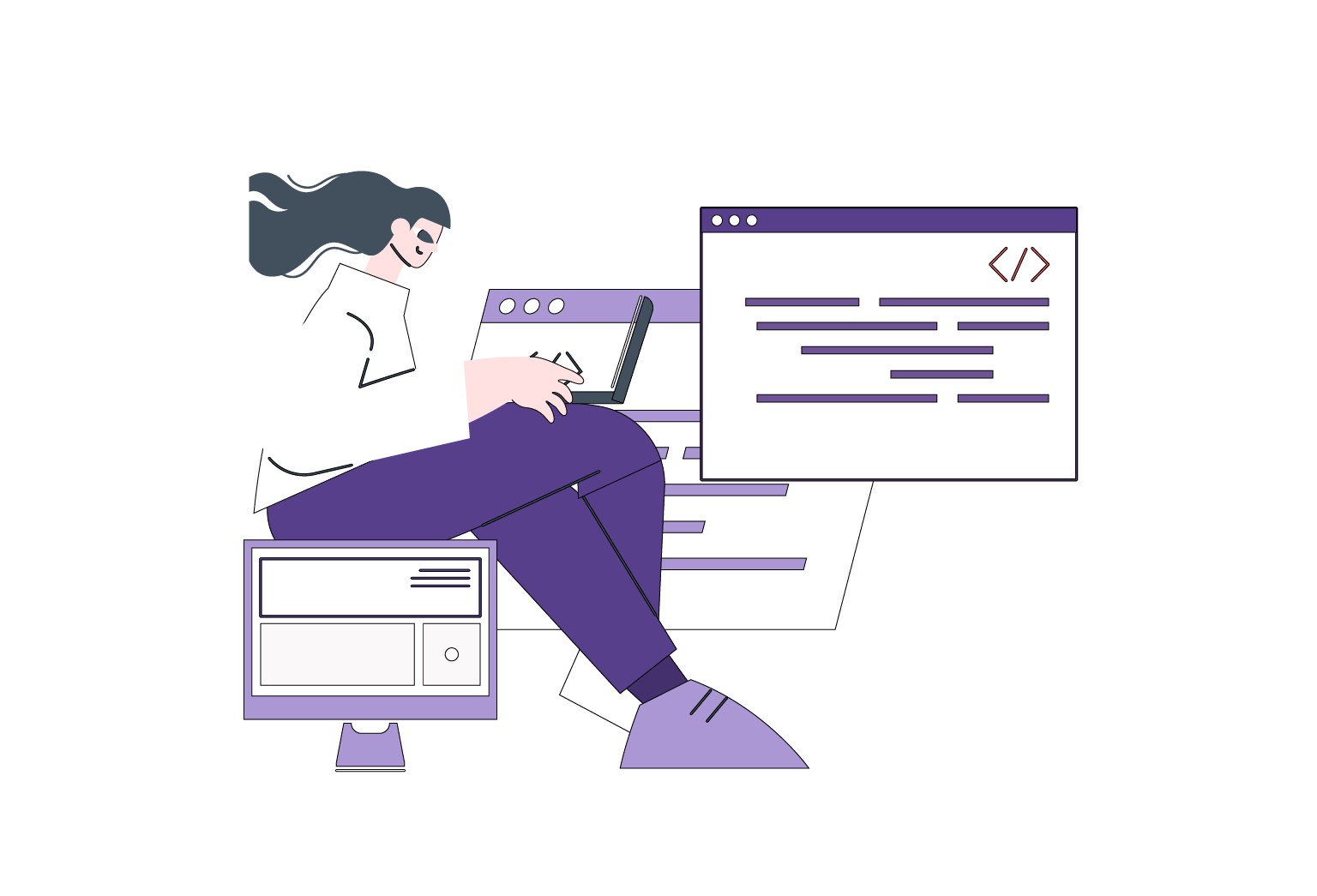
What distinguishes Go Instrumentation, though? It’s about actionable insights, not just data. Our creative strategy goes beyond simple measurements to give insightful analysis and practical suggestions that produce discernible business results. With Go Instrumentation, you can accomplish your objectives of further developing application performance, utilizing accessible assets, or raising customer satisfaction levels. We’ll plunge into the theory and practice of Go Instrumentation in this guide, giving you the tools and techniques to amplify the performance of your product. The ideas and tactics examined here will completely impact how you approach performance streamlining, no matter what your level of experience as a developer or your role as a business leader spearheading innovation.
Become one of the many successful companies that have outfitted the capability of Go Instrumentation and seen groundbreaking results. Learn how this cutting-edge technology is being involved by top-performing organizations in various industries to acquire an upper hand, boost productivity, and spur growth. Performance optimization’s future is here; are you ready to seize it?
Telemetry’s Radiance in Golang’s Analytics Constellation
In Golang, telemetry is the most common way of gathering, sending, and evaluating data created by Go programming language-based software programs. From a business standpoint, upgrading client experiences, raising operational efficiency, and further developing product quality all rely heavily upon telemetry. Gathering runtime data from apps installed in production settings is one of the primary purposes of telemetry in Golang. This information incorporates a scope of metrics, including user interactions, resource utilization, response times, and error rates. Organizations can get significant insights into the functionality and condition of their software systems by tracking these metrics in real time.
Telemetry additionally causes proactive problem detection and resolution conceivable by warning relevant parties about potential issues before they become serious ones. Organizations can reduce downtime, preserve service dependability, and maintain customer satisfaction levels by utilizing this proactive methodology. Moreover, Golang’s telemetry helps with performance optimization by calling attention to asset restrictions, bottlenecks, and potential areas inside the codebase. Development teams can pursue well-informed decisions to further develop adaptability, speed up code execution, and increase overall system performance by using this data-driven intelligence.
The basis for data-driven decision-making and strategic planning is also given by telemetry data. Organizations might remain competitive and spike development in their respective sectors by utilizing telemetry experiences to recognize market trends, consumer preferences, and new opportunities. Organizations can monitor, assess, and optimize the performance of their software with the assistance of telemetry in Golang, which further develops customer satisfaction, product quality, and operational efficiency.
OTel’s Observability Paradigms Transcend Golang for Intuitive Debugging and Scalability Pinnacles
Figure out what capabilities in your software are fundamental, particularly those that could impede or slow down the most ideal application execution. Focus on gathering appropriate information, for example, error rates, latency, and application-specific custom attributes. OpenTelemetry Go Instrumentation partners range with their parent ranges through setting spread. While completing synchronous and asynchronous tasks, such as responding to incoming requests or calling external services, your code should integrate context propagation logic. Key-value pairs known as attributes give traces, metrics, and logs context. Quicker issue resolution and troubleshooting are made conceivable by these metadata. A shared attribute library would be gainful for standardizing, reusing, and maintaining consistency in telemetry across different services.
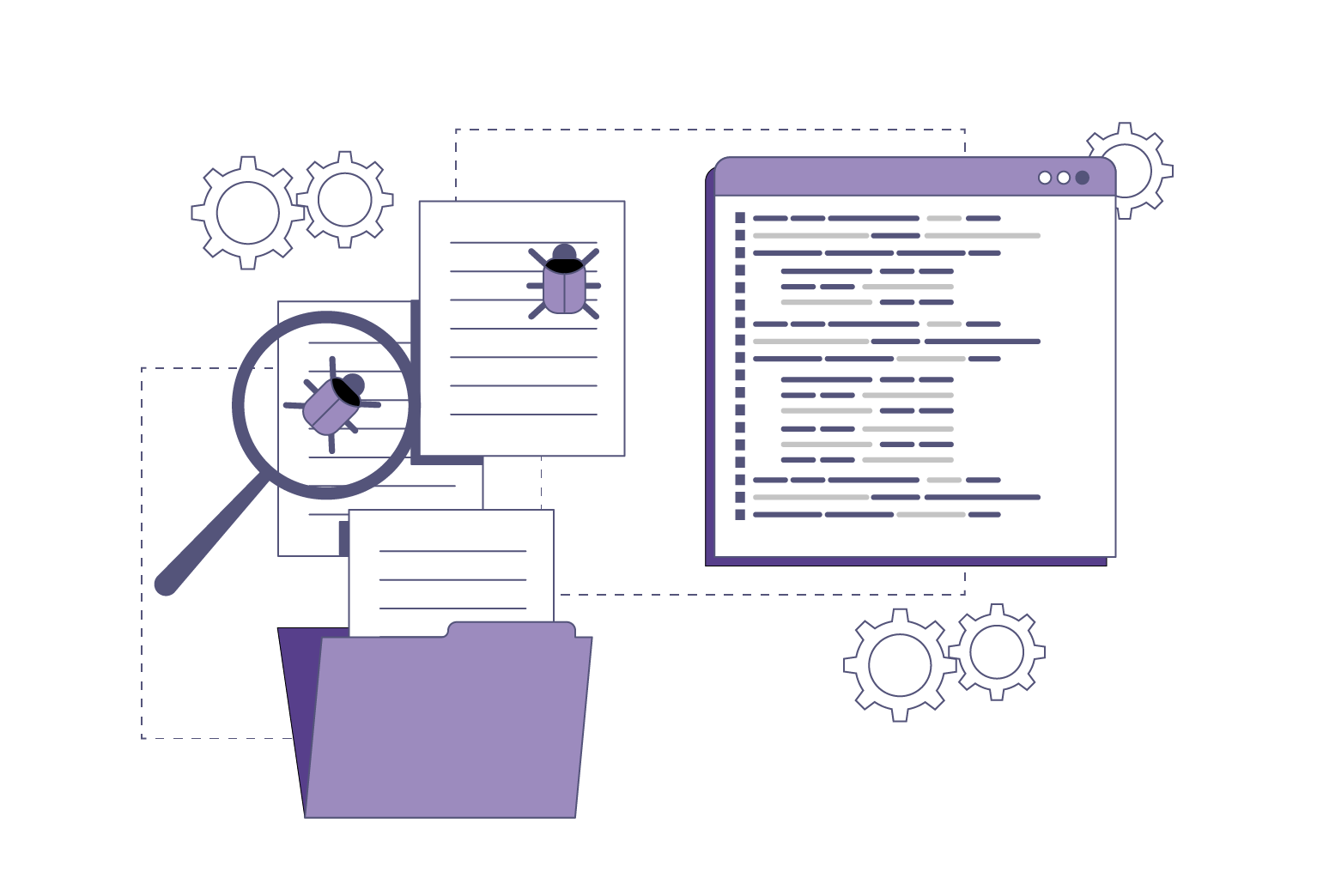
Set up sampling techniques, such as custom, rate-limiting, or probabilistic sampling, to direct the volume of telemetry data produced. Alert fatigue, cost escalation, and performance degradation can be in every way stayed away from with less telemetry data being generated. Check that instrumenting OpenTelemtry’s standardized libraries won’t result in application performance degradation or significant above from excessive resource consumption, latency, or other problems. Moreover, you can utilize CI/Album methodology to follow significant adjustments to application services by comparing telemetry from the past and present.
Conducting OpenTelemetry Go’s Observability Orchestra with Precision
eBPF-based automatic instrumentation is currently upheld by the OpenTelemetry Go Instrumentation project! This is a major project milestone that incredibly works on the method involved with generating data from your Go Instrumentation applications. You don’t have to redeploy to acquire information because the agent can be dropped into any dynamic application. The agent recognizes and instrumentes the libraries you use automatically.
As of the present moment, the agent upholds gRPC, MUX, gin, and net/http instrumentation. OS kernels have a component called eBPF that permits you to run “probes,” or sandboxed programs. These probes have various compelling ways of gathering information from the fundamental operating system. In particular, there are different kinds of probes, and each is suitable for a specific kind of work. The Go projects that are running are reviewed by the automatic instrumentation agent using uretprobes and uprobes.
What makes this necessary, then? Programming languages such as Java and JS compile to bytecode, which is then interpreted by a language runtime. Applications can be automatically instrumented in a relatively simple manner because of the bytecode’s capacity to be “fixed” with instrumentation calls. Typically, an agent that works close by the application it is instrumenting is utilized for this. Go arranges straightforwardly into machine code, very much like Rust and C++ do.
Unlike other languages, it isn’t “patchable,” implying that automatic instrumentation techniques can’t be applied to it. Then again, you require a tool that can inspect active OS programs. Fortunately, you can achieve that with projects like eBPF! Without a doubt, empowering this sort of runtime inspection in a completely language-independent manner is one of eBPF’s objectives. The automatic instrumentation agent for Go can analyze and instrument a supported call when it is made by using eBPF.
Conducting the Journey through Go Instrumentation’s Melodic Mastery and Precision
Nearly all data is reported using license keys, except for program browser and mobile monitoring data, which are reported for utilizing separate keys. Since each key is well-defined for an account, it is feasible to track and monitor data from several sources. This versatility ensures intensive and precise reporting. Before beginning your Go Instrumentation, please make sure you have the appropriate license type. Remember the following code segment in your development environment if you are instrumenting a small sample or a temporary application. This is because data is gathered and sent to New Relic every 5 seconds, according to the harvest cycle that is configured in the New Relic Go agent to be 5 seconds.
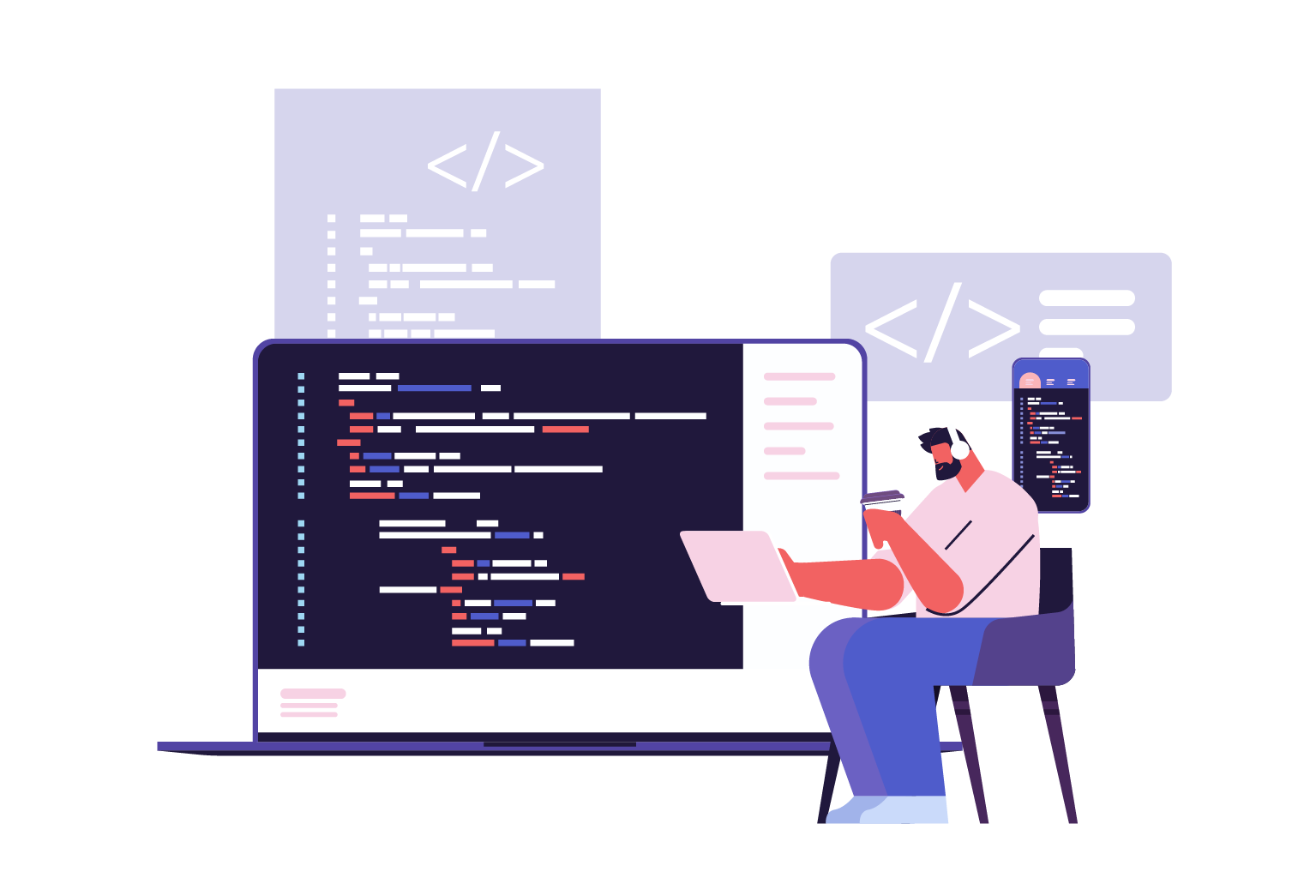
A significant improvement to the Go agent, accessible as of version 3.16.0, is the automatic activation of Distributed Tracing. This suggests that distributed tracing headers are presently proactively added to outgoing requests by the agent, and incoming requests are intelligently checked for distributed tracing headers. This feature is turned on by default to enable smooth tracing. With the help of a potent technique called Distributed Tracing, you can follow a single request as it makes its way across different services and parts of your application. It offers extremely valuable experiences into the functionality and behavior of your decentralized systems, assisting you in locating dependencies, bottlenecks, and latency problems.
With custom attributes, you can add pertinent information to your transactions beyond what New Relic automatically measures and collects. This can include information unique to your application, like pricing information, product details, user-specific information, or any other pertinent metadata. To enhance the Go Instrumentation at scale across your environment, a good place to start would be with the Gin Framework. You can efficiently instrument your middleware layer and obtain insightful knowledge about its operation by using this method.
It is crucial to discuss the best strategy for deploying these instrumentations through your deployment pipeline with your team or the engineering lead once you have figured out how to integrate them at scale throughout your environment. This is an important step because it lets you get feedback and ideas from your team members, which helps to make sure the deployment process runs smoothly and is in line with your team’s plans and objectives.
Your Performance Revolution Starts with Pattem Digital’s Go Instrumentation
Being the best at using Go Instrumentation for optimum performance, our Golang mobile app development company is known for its unequaled services. Our capability to create superior mobile applications that offer remarkable client encounters originates from our in-depth knowledge of Go’s features and effective instrumentation methods.
Our team collects real-time performance data using sophisticated monitoring and analytics tools, which assist us in quickly locating and resolving bottlenecks. We make sure that our clients’ apps run at optimal levels by streamlining code execution, increasing resource efficiency, and improving adaptability. Because of our resolute dedication to quality and ongoing development, we stand out as the best option for companies looking for dependable, high-performing mobile app solutions.




